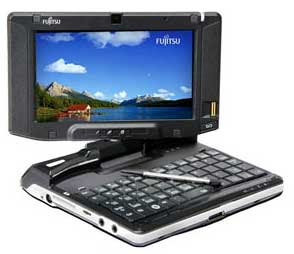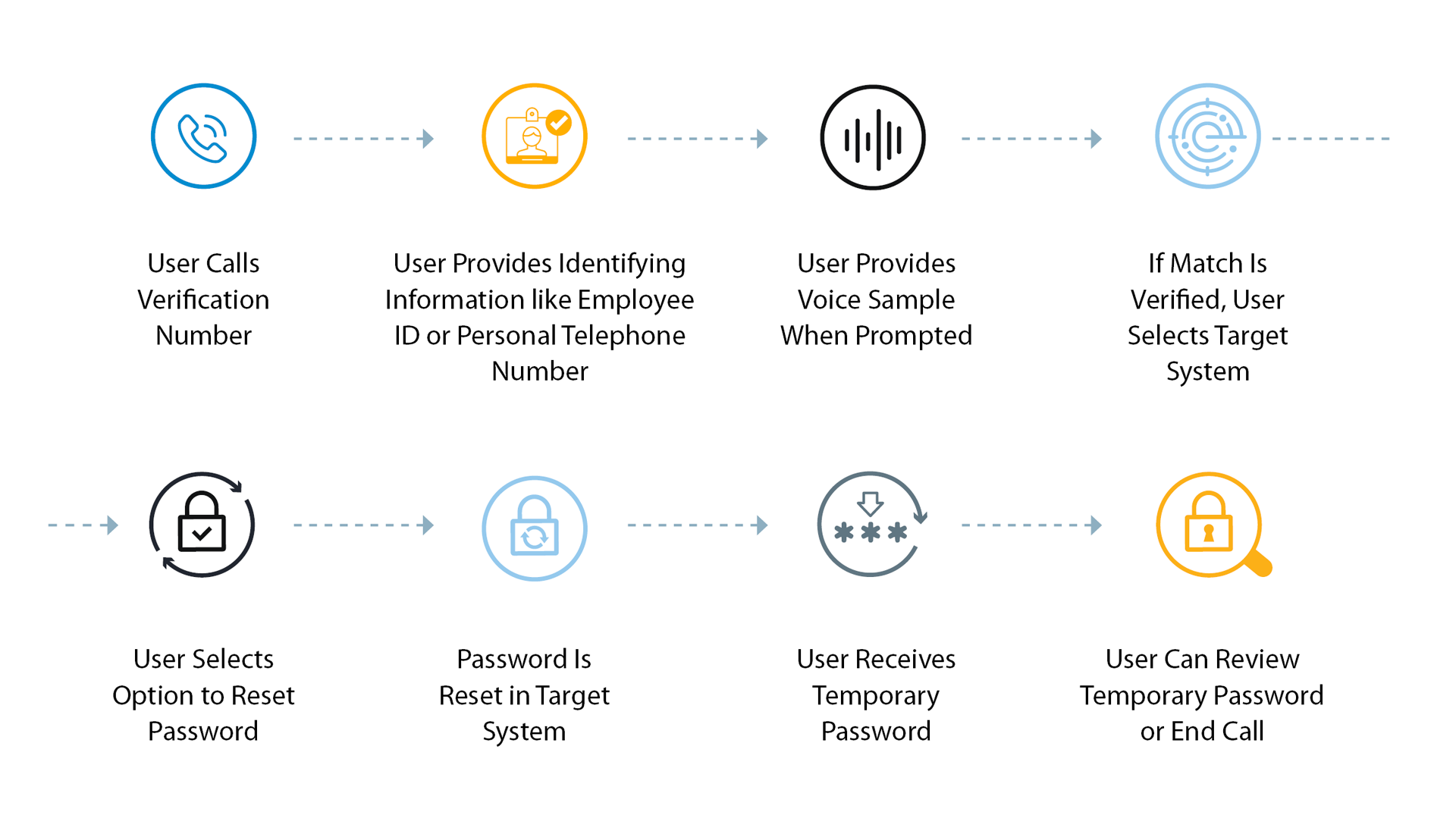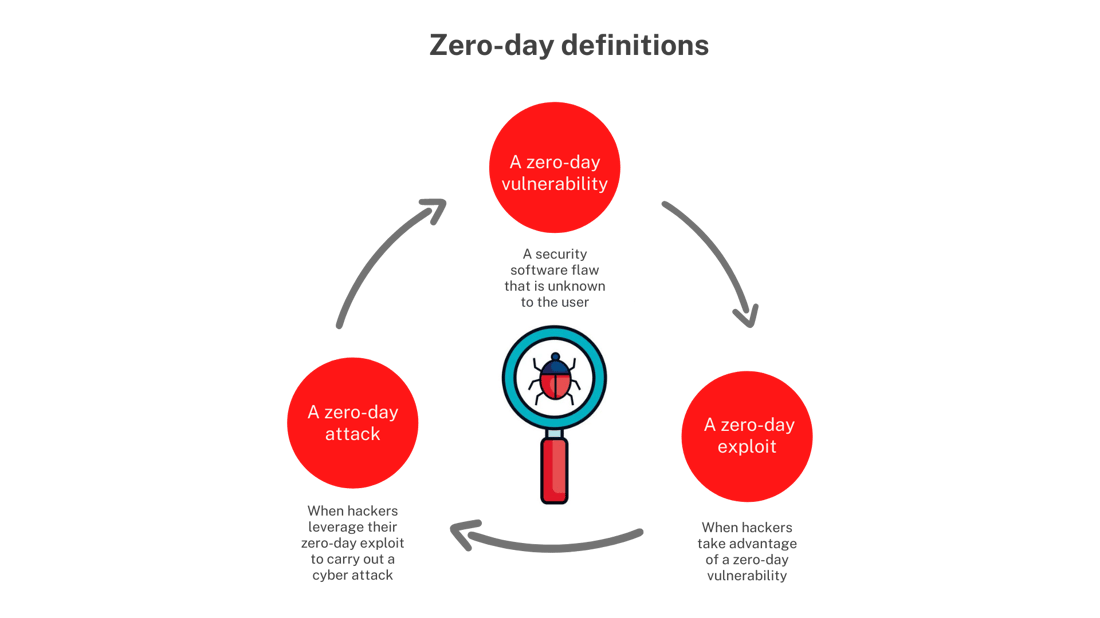Cooling a Laptop – What You Need to Know
 A laptop that is allowed to overheat can result in the end of a laptop. You’ll notice if it feels too hot to the touch or the fan seems to be constantly in overdrive working to cool it down. It could even be that you have a problematic fan and trying to keep the laptop cool in the first place is a task. There are, however, ways to cool that laptop down before disaster strikes.
A laptop that is allowed to overheat can result in the end of a laptop. You’ll notice if it feels too hot to the touch or the fan seems to be constantly in overdrive working to cool it down. It could even be that you have a problematic fan and trying to keep the laptop cool in the first place is a task. There are, however, ways to cool that laptop down before disaster strikes.
Clean it Out – Dust accumulates inside the laptop and can make it harder for the laptop to cool itself. This thick layer of dust can become like a blanket keeping the inside all cozy and warm, except that is not what you want happening. You best bet is to use a can of compressed air and spray out the computer in short bursts of sprays. This is generally done at the vent area. There are also computer vacuums on the market, or you can use a standard cotton swap to try to remedy the problem.
Additional Fan – In case your fan has stopped working, use a small, personal desk sized fan to assist. You can also try working in a room that has a full sized standing fan in it that can be positioned in the direction of your laptop. Even if your fan is working, it never hurts to try to add some extra cooling breeze to the situation.
Shut it Down – If your laptop is older or just not in great working condition, you should try letting the electronic device rest and cool down naturally more often. When you aren’t using it, turn it off completely. Also, even if you are going to take a lunch break and will be away from your laptop, you should shut it off not just let it hibernate.
Buy a Stand – You can consider making one too, but having one that has been professionally designed may end up working better for your laptop. Cooling a laptop happens much faster and continuously with the use of a stand. The laptop design allows for vents at the back of the bottom, but these vents do no good if they are blocked. A stand enables the vents to do their job.
Other Tips – Monitor the surface you are working on. If you are using a soft pillow, blanket or other similar item for a resting place for your laptop while working, you are more likely to cause harm and have issues cooling it down. Use a flat hard surface and, when possible, something that allows the vents to have some space, like a stand.
Also, if you do leave your laptop on during short breaks, consider flipping it over. Just shut the top and then flip it vent side up. That way, while not in use, the vents have direct air flow. Take care of your laptop along the way and cooling a laptop may not be such a necessity.
































